As winter’s chill recedes and nature awakens, spring emerges as a season of renewal, offering a vibrant array of fresh produce. Among the treasures hidden in forests, meadows, and markets are seasonal mushrooms—a fleeting delight that chefs and food enthusiasts eagerly anticipate. These fungi, with their earthy flavors and versatile textures, elevate dishes from simple soups to gourmet entrees. This article explores the most prized spring mushroom varieties, their culinary applications, and the science behind their seasonal appeal.
Morel Mushrooms (Morchella spp.)
Spring’s crown jewel, the morel, is a conical-capped fungus revered for its nutty, smoky flavor and meaty texture. Found in temperate regions across North America, Europe, and Asia, morels thrive in disturbed soils, near decaying trees, or in burned forests. Their honeycomb-like caps, ranging from golden brown to charcoal gray, make them unmistakable.
Culinary Uses: Morels are best sautéed in butter or olive oil to enhance their depth. They pair exceptionally well with cream, wine, or herbs like thyme. Dried morels, which retain their flavor, are a pantry staple for risottos and sauces.
Health Benefits: Rich in antioxidants, vitamin D, and iron, morels support immune function and bone health.
Foraging Tip: Always cook morels, as raw consumption may cause gastrointestinal upset.

Chanterelle Mushrooms (Cantharellus cibarius)
With their trumpet-like shape and golden hue, chanterelles epitomize spring’s arrival. These mushrooms grow in symbiosis with trees like oak and beech, favoring moist, acidic soils. Their apricot-like aroma and subtle peppery taste set them apart from blander varieties.
Culinary Uses: Chanterelles shine in omelets, pasta, and foie gras. Their firm texture holds up in stews, while their fruity notes complement white wine reductions.
Nutritional Profile: High in potassium, fiber, and vitamin C, chanterelles offer a low-calorie, nutrient-dense addition to meals.
Conservation Note: Harvest chanterelles gently to preserve their mycelium, ensuring future growth.
Oyster Mushrooms (Pleurotus ostreatus)
Oyster mushrooms, with their delicate, fan-shaped caps, are a spring staple in both wild and cultivated forms. Found on decaying hardwood trees, they grow in clusters and boast a mild, anise-like flavor. Cultivated varieties are available year-round, but wild oysters peak in spring.
Culinary Versatility: Ideal for vegetarian dishes, oyster mushrooms absorb flavors beautifully. Try them roasted with garlic, stir-fried with vegetables, or as a meat substitute in tacos.
Health Perks: Packed with beta-glucans, these mushrooms may lower cholesterol and boost immunity.
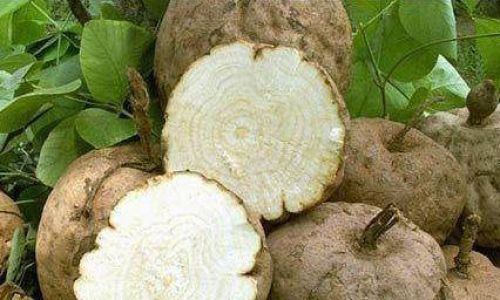
DIY Tip: Grow oyster mushrooms at home using straw or coffee grounds kits.
Stropharia Rugosoannulata (Wine Cap Mushrooms)
Often overlooked, wine cap mushrooms emerge in spring mulch beds or woodchip gardens. Their burgundy caps and white stems offer a meaty texture and mild, nutty taste.
Gardening Hack: Cultivate wine caps in shaded garden beds to suppress weeds while harvesting edible mushrooms.
Cooking Method: Grill whole caps for a smoky flavor or incorporate them into burgers and casseroles.
Enoki Mushrooms (Flammulina filiformis)
Though commonly associated with Asian cuisine, enoki mushrooms reach their peak in spring. Wild enoki grows on tree stumps, while cultivated varieties feature long, slender stems and tiny caps.
Culinary Applications: Add raw enoki to salads for crunch or simmer them in miso soup. Their crisp texture holds up in hot pots and stir-fries.
Nutritional Highlights: Enoki mushrooms are rich in niacin and antioxidants, promoting healthy skin and metabolism.
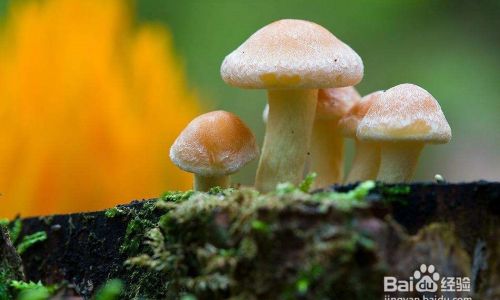
Shaggy Mane Mushrooms (Coprinus comatus)
Known for their ephemeral nature, shaggy manes appear in spring lawns and roadsides. Their scaly caps and self-digesting gills (which turn black and liquefy) require immediate cooking.
Flavor Profile: When fresh, shaggy manes taste like mild radishes. Overcooking them, however, results in a slimy texture.
Preparation Tip: Sauté quickly in butter and serve with eggs or polenta.
Blewit Mushrooms (Clitocybe nuda)
Blewits, with their lavender-gray caps and spicy aroma, favor leaf litter in spring. Their firm flesh and almond-like taste make them a chef’s favorite.
Culinary Uses: Roast blewits with rosemary or blend them into creamy soups.
Caution: Avoid consuming raw blewits, as they may cause digestive issues.
Wood Ear Mushrooms (Auricularia auricula-judae)
These gelatinous, ear-shaped fungi cling to decaying logs in spring. While bland in taste, wood ears add a satisfying crunch to dishes.
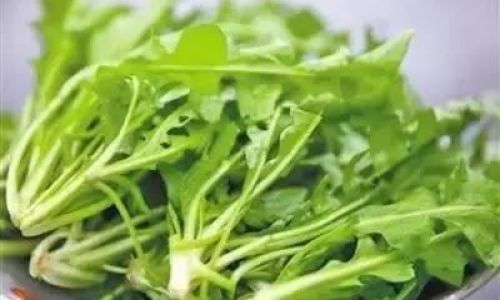
Asian Influence: Common in Chinese hot and sour soup or Korean mukbang dishes, wood ears are prized for their texture.
Health Benefits: Rich in dietary fiber, they aid digestion and promote gut health.
Chicken of the Woods (Laetiporus sulphureus)
Though more common in late summer, chicken of the woods occasionally appears in spring. Its vibrant orange shelves and chicken-like texture make it a meat substitute.
Cooking Method: Marinate slices in soy sauce and pan-fry for a vegetarian “chicken” dish.
Warning: Ensure proper identification, as some lookalikes are toxic.
Fairy Ring Mushrooms (Marasmius oreades)
These small, brown mushrooms grow in enchanting circles on lawns and meadows. Their nutty flavor and chewy texture suit dried or pickled preparations.
Culinary Trivia: Fairy rings inspired folklore about dancing spirits, but their mild taste makes them a pizza or quiche topper.
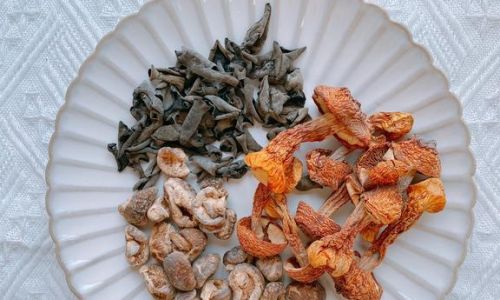
The Science of Seasonal Mushrooms
Spring’s warmer temperatures and increased rainfall create ideal conditions for mushroom fruiting. Mycelium networks, dormant underground during winter, spring to life as soil moisture and nutrients rise. This synchronicity ensures a burst of fungal diversity just as chefs seek fresh ingredients.
Foraging Ethically and Safely
While spring mushrooms tempt foragers, caution is paramount. Many toxic species resemble edible ones. Key safety tips include:
- Never consume a mushroom without expert identification.
- Carry a field guide and use a knife to cut stems, preserving mycelium.
- Cook all wild mushrooms, as heat destroys potential toxins.
Culinary Innovation: Fermentation and Preservation
Spring mushrooms’ brief season inspires preservation methods. Fermenting morels in brine or drying chanterelles extends their shelf life. Pickled wood ears add zest to salads, while frozen oyster mushrooms retain texture for winter stews.
Global Spring Mushroom Traditions
From Japanese matsutake hunts to French morel forays, spring mushrooms unite cultures. In Italy, porcini (though autumn-focused) sometimes appear in spring, while Scandinavians celebrate kantareller (chanterelles) in seasonal festivals.
Conclusion: Embracing Spring’s Fungal Feast
Spring mushrooms offer a ephemeral connection to nature’s rhythm. Whether foraged responsibly or sourced from farmers’ markets, these fungi transform ordinary meals into culinary adventures. As you savor their earthy richness, remember that each bite celebrates the delicate balance of ecosystems and seasons.
Final Tip: Experiment with mushroom combinations—morels with asparagus, chanterelles with ramps—to create dishes that embody spring’s essence.
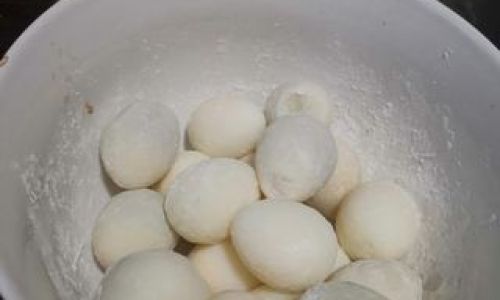
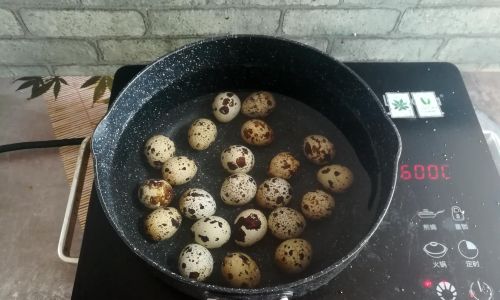

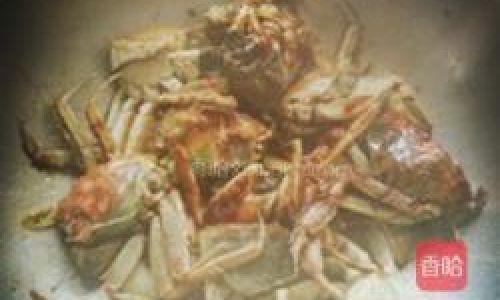
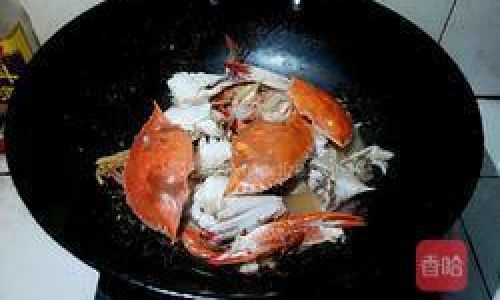
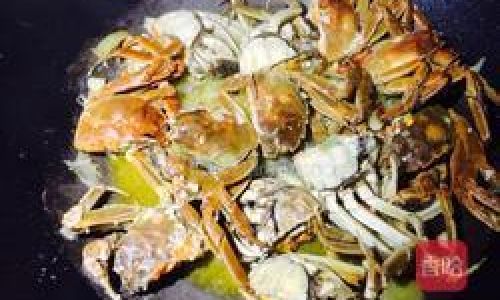
0 comments